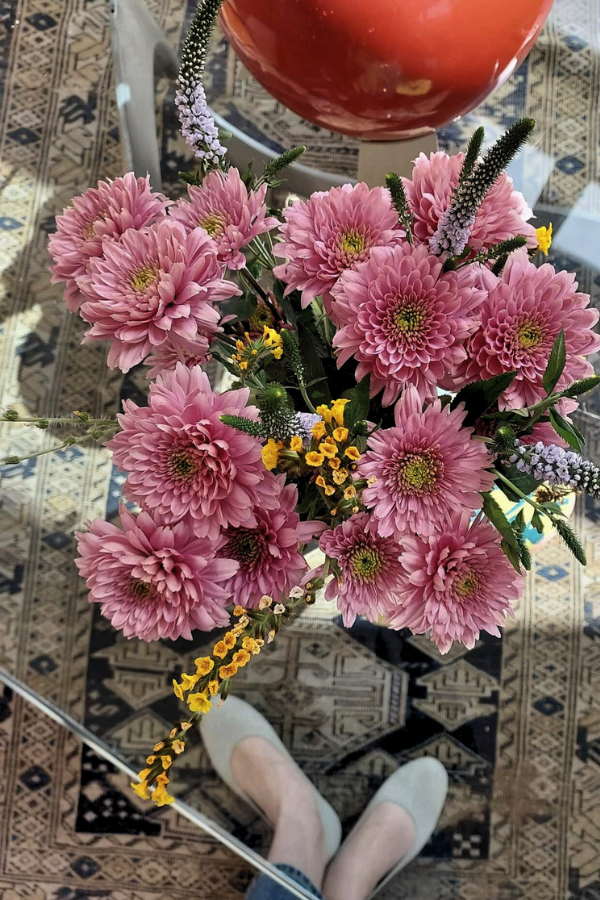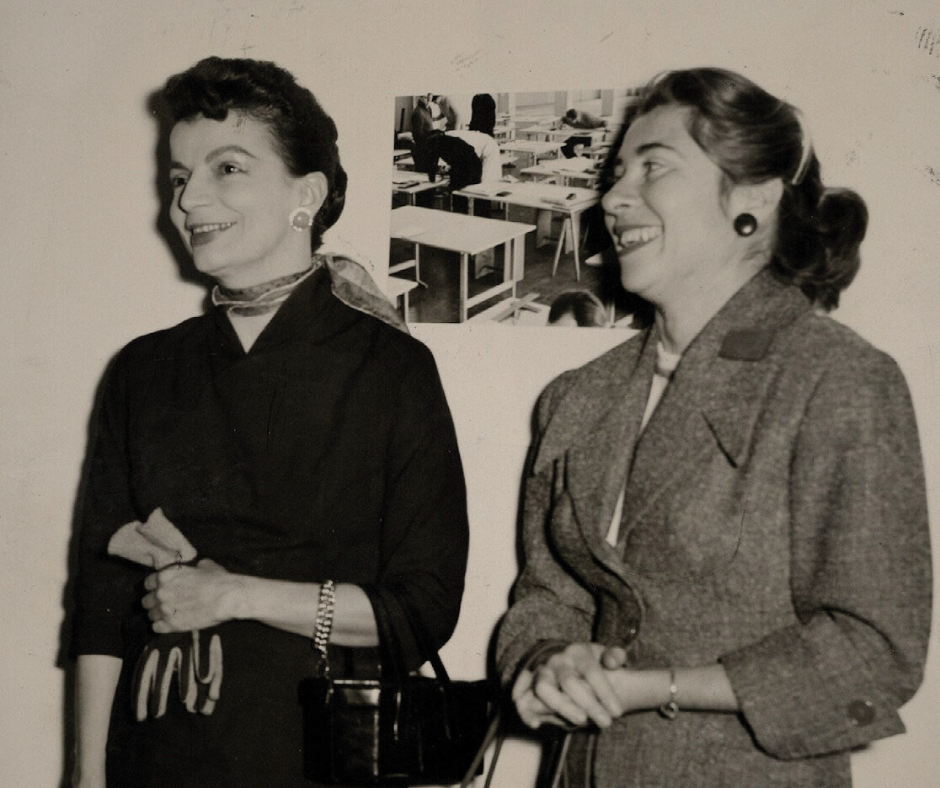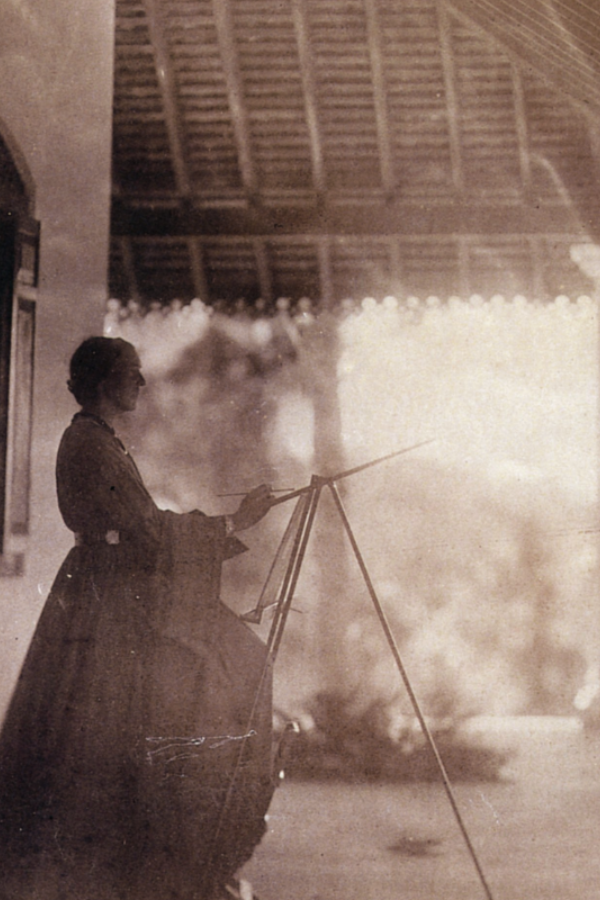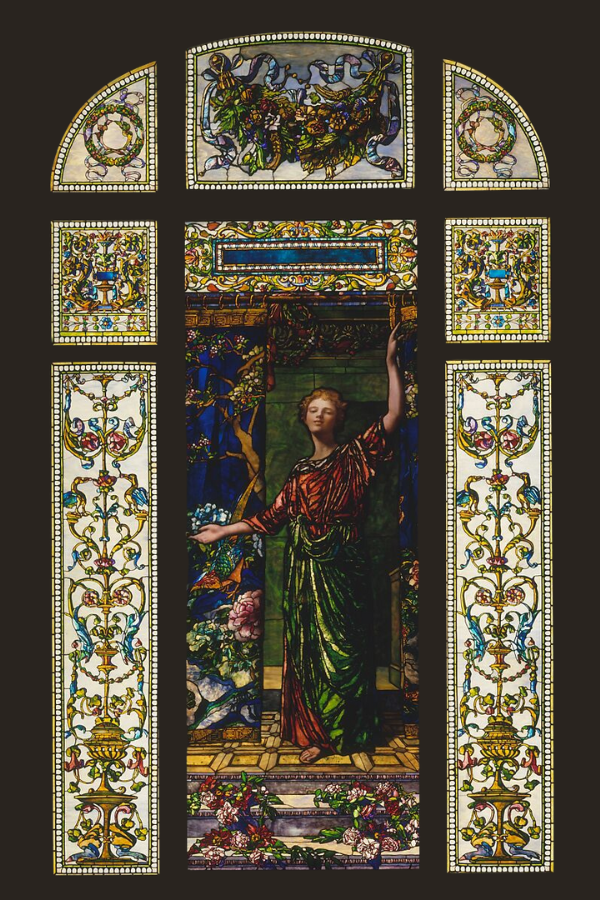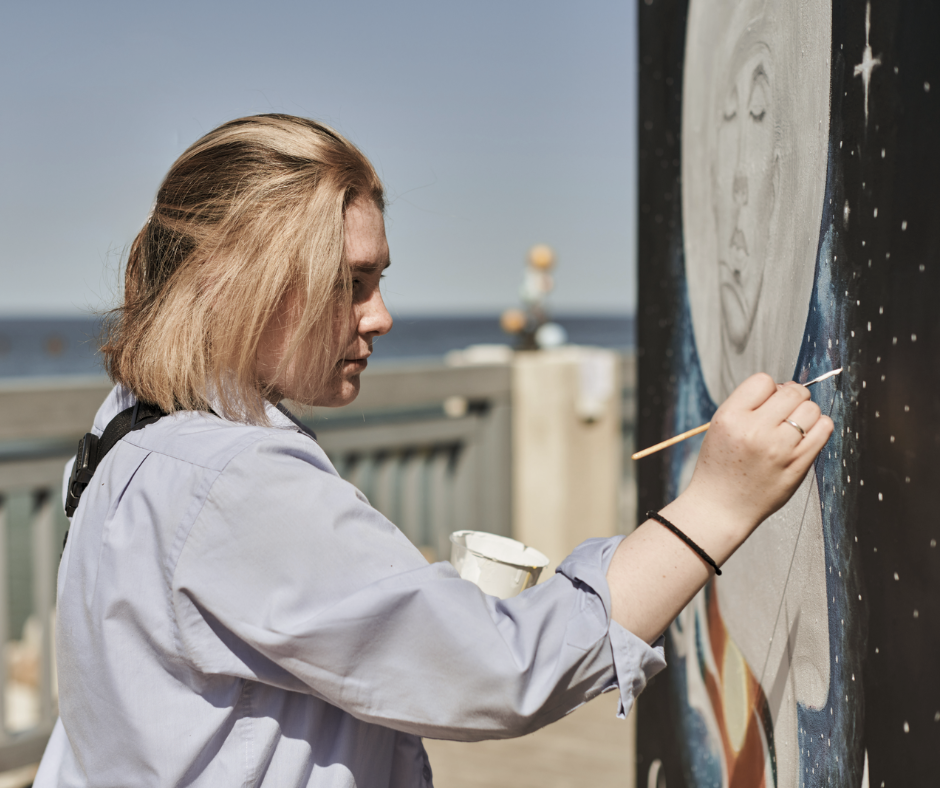
Beyond the Studio: Art Practices That Strengthen a Design Firm
Summary
Running a design firm demands more than creative talent; it requires sustained creative energy. Over time, the business side of leadership can drain that energy and narrow how we think. Engaging in art practices beyond interior design (painting, photography, writing, sculpture, collage, and animation) helps keep creative skills sharp, improves cognitive flexibility, and reintroduces curiosity into the work. These disciplines train the eye, build patience, sharpen storytelling, and reconnect us with material and intuition. They’re not hobbies; they’re tools that strengthen decision-making, vision, and leadership across a studio.
Reflection Questions
Which parts of your leadership role drain your creative energy the fastest, and how might an external practice help counter that?
How could incorporating another art discipline shift the way you approach design problems or communicate ideas to clients?
Are there areas of your firm’s process that feel rigid or habitual? What practice might help you reintroduce flexibility or experimentation there?
Journal Prompt
Think about the last time you felt creatively stuck or uninspired in your firm. Describe what was happening at that point — what pressures or responsibilities were consuming your attention? Now imagine introducing a consistent art practice outside of design into your week. Write about how that practice might change the way you approach your work, your leadership, or your team.
Running a design firm takes stamina. There’s the steady cadence of deadlines, the pressure of budgets, the client who changes their mind mid-project. All of it asks for consistency and discipline. But we still need to foster creativity. Unfortunately for most firm owners, the well we draw from doesn’t refill on its own.
One of the sad truths of leadership in design is that our creative energy is often drained long before we actually need it. We’re negotiating fees, refining proposals, steering our teams. By the time we sit down to sketch or assemble a mood board, our minds are over-crowded. Art practices outside design can help us cultivate the very skills (and new perspectives) needed to lead and expand a creatively energized design firm.
Why Working Outside Design Sharpens What Happens Inside Your Firm
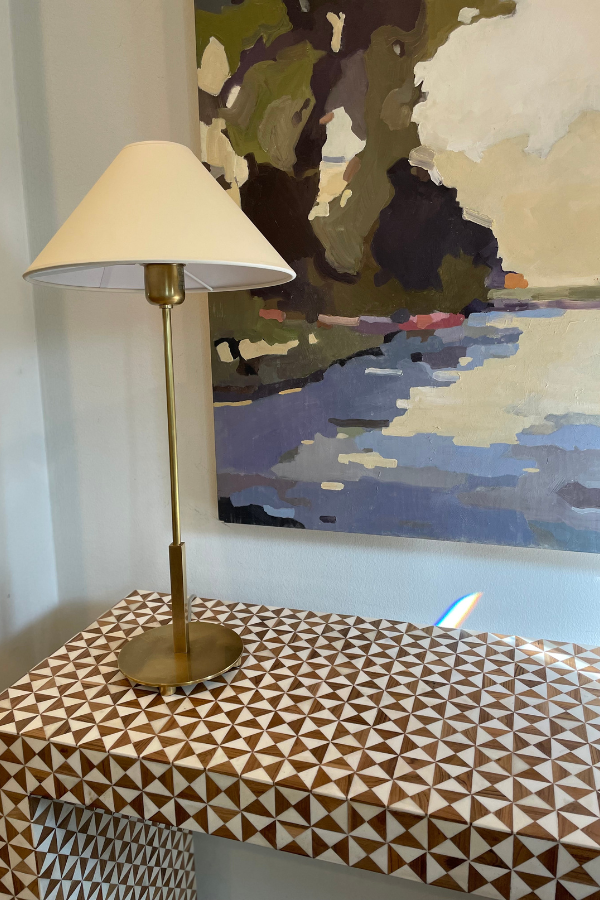
As a design firm owner, your energy isn’t spent just on design. Every idea has to connect to a deliverable. Every concept has a budget attached. Over time, the pressure to produce can flatten how we think.
Most of us build our practices around process. A client brief becomes a set of drawings. A concept turns into a schedule, a budget, a build. The further we advance in our careers, the more structure surrounds the work and the less space there is for the kind of creative wandering that got us here in the first place.
Cognitive scientists talk about “cognitive flexibility,” which is the brain’s ability to shift between modes of thinking and see multiple solutions to a single problem. This skill atrophies when we work within the same patterns too long. Exploring other creative disciplines helps keep that muscle active and healthy. By engaging with other art forms, we encourage our minds to approach problems from unfamiliar angles. That agility tends to follow us back into the studio.
The point isn’t to master a new medium. It’s to deliberately place yourself in contexts where curiosity leads, outcomes are uncertain, and experimentation isn’t a luxury; it’s the work. That mindset, more than any single skill, is what keeps a design practice inventive over time.
With that said, here are a few art practices to consider as you lead your design firm.
Art Practices That Strengthen a Design Firm
Painting and Drawing
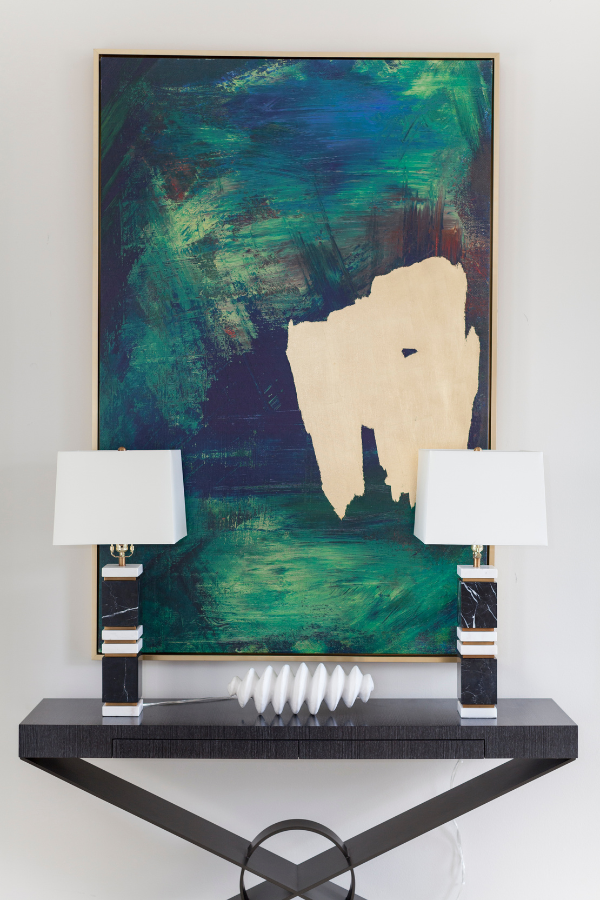
Most of us sketch, but that’s usually for a project. It’s problem-solving, not practice. Painting or drawing outside of client work shifts the purpose. It slows you down. You notice proportion, balance, and color in a more deliberate way.
The intent here is not to produce a finished piece. The goal should be to train your eye and keep your hand loose. Mistakes accumulate on the page. You adjust, layer, start over. That back-and-forth of trial and correction is valuable. It mirrors the way design develops, only without the external pressure.
Photography
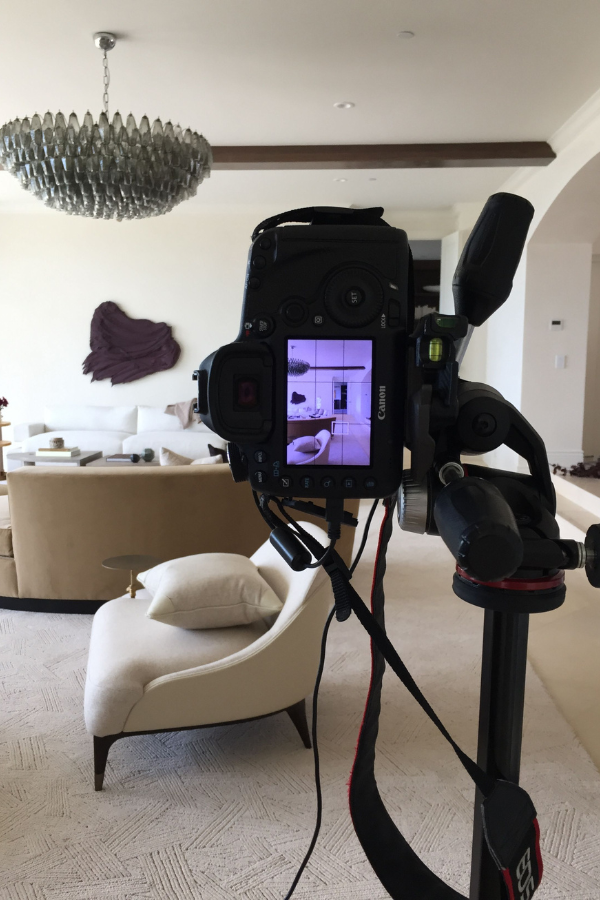
Photography is a discipline of framing. You decide what stays in the shot and what doesn’t. You learn to work with light instead of fighting it. Those decisions translate directly into how we think about spatial composition.
It also builds a sharper sense of story. A series of photos forces you to consider sequence, rhythm, and point of view. That’s useful for presentations, but it’s also useful in design itself. Interiors aren’t static. They unfold as people move through them. Photography keeps that dynamic in focus (no pun intended).
Writing and Journaling
Running a studio requires clarity, and writing is a way to practice it. A short daily journal, project notes written by hand, even quick reflections after meetings… they all force thoughts into order.
Writing is also a way to test conviction. On paper, it’s obvious when an idea feels vague or forced. That honesty can be uncomfortable, but it’s useful. It sharpens the way we communicate vision to clients and the way we set direction for teams.
Sculpture and Ceramics
Designers talk constantly about materiality, but we rarely engage with it directly once we’re deep in firm life. Sculpture and ceramics restore that contact. You learn again that material has its own limits. Clay resists. Stone pushes back.
There’s value in that negotiation. This is slower process, one that requires patience. You also rediscover scale. Holding a form you shaped changes how you think about volume and proportion in a room. It brings the physical back into a field that too often gets trapped in drawings and renderings.
Collage
Collage sits close to what we already do with mood boards, but without the constraints of presentation. It’s an intuitive practice. Cut, layer, rearrange. You discover new combinations that don’t have to “make sense” to a client.
That freedom matters. It reminds us that intuition is a tool, not a luxury. Think about how collage works; we cut images and materials out, then throw them on a page. By nature, collage is open to accident. It is random; it is abstract. It makes space for ideas to surface that wouldn’t appear in a linear process. This can help firm owners keep instinct sharp and accessible, especially when the business side starts to dominate.
Animation and Motion
Animation may feel distant from interiors, but it shares a logic we understand: sequence, transition, rhythm. It forces you to think about what comes next, how one frame leads into another, how a movement carries weight.
For design leaders, that perspective is useful. It shifts how you see flow in a project and how you present ideas to clients. Motion reveals that design isn’t still and flat; it’s must also be about how experience evolves over time. That mindset strengthens both creative work and communication.
Fuel your creative fire & be a part of a supportive community that values how you love to live.
subscribe to our newsletter
*please check your Spam folder for the latest DesignDash Magazine issue immediately after subscription
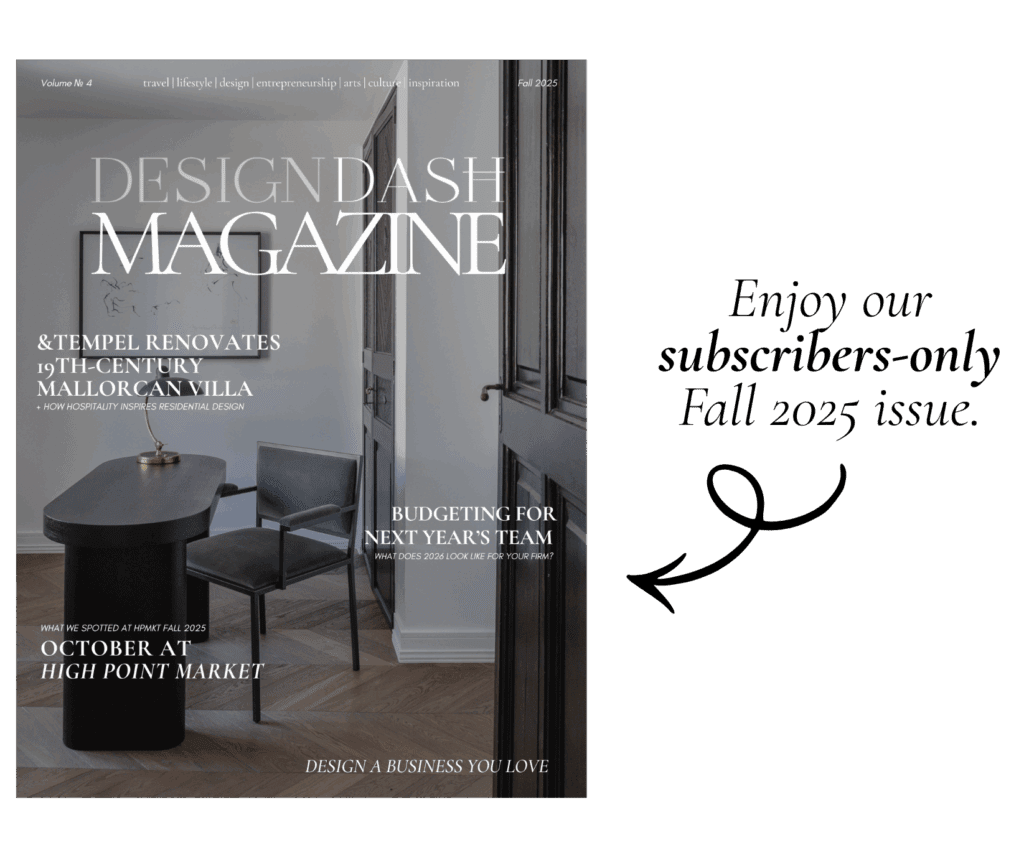
Why This Matters for Firm Owners
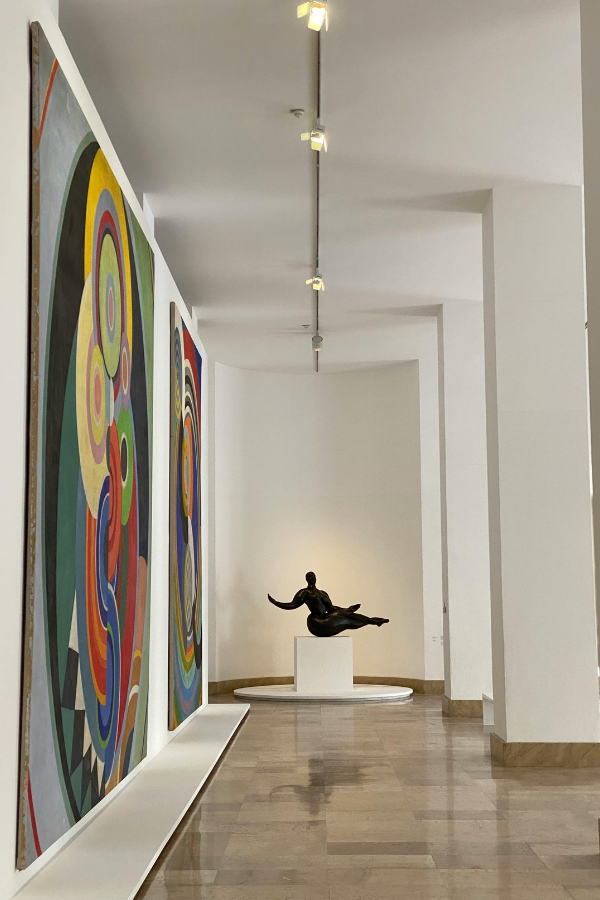
None of these practices are mandatory. You can run a studio without ever touching clay or picking up a camera. But they sharpen the instincts we rely on and help us sustain energy over time.
For firm leaders, that’s not really optional, is it? We need to model curiosity and resilience if we expect our teams to stay engaged. We need to stay connected to our own creative drive if we want our firms to grow. Outside practices aren’t distractions. They’re part of what keeps us capable.
Written by the DesignDash Editorial Team
Our contributors include experienced designers, firm owners, design writers, and other industry professionals. If you’re interested in submitting your work or collaborating, please reach out to our Editor-in-Chief at editor@designdash.com.






